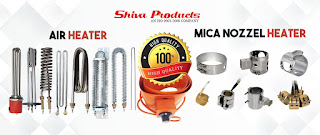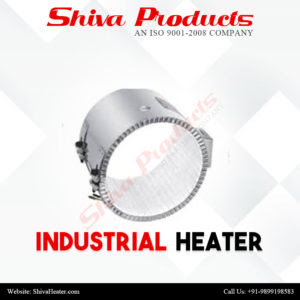Top Advantages You Can Have with a Ceramic Band Heater in Business
A ceramic band heater is great for giving you the stability in running at fewer watts that are highly useful in taking out the plastic and in the injection moulding works. The heaters can transfer the heat through conduction and radiation. The heater has numerous advantages that we are going to discuss with you right now so you can install it with the support of a supplier to have gains in your business. Advantages that you Will Have with Ceramic Band Heater Low Cost It’s a pivotal part of any device because without it, the cost of handling the device will rise and businesses will have to spend more. The machine can give you great insulation when less heat will leave the air, low watts will maintain the right temperature range. When the heater will use fewer watts in its operation, it will consume less fuel or electricity and this will make the heater a budget-friendly machine Ceramic band heater exporters offer safe heaters as the surface of it gets cool down easily and handling it ...


